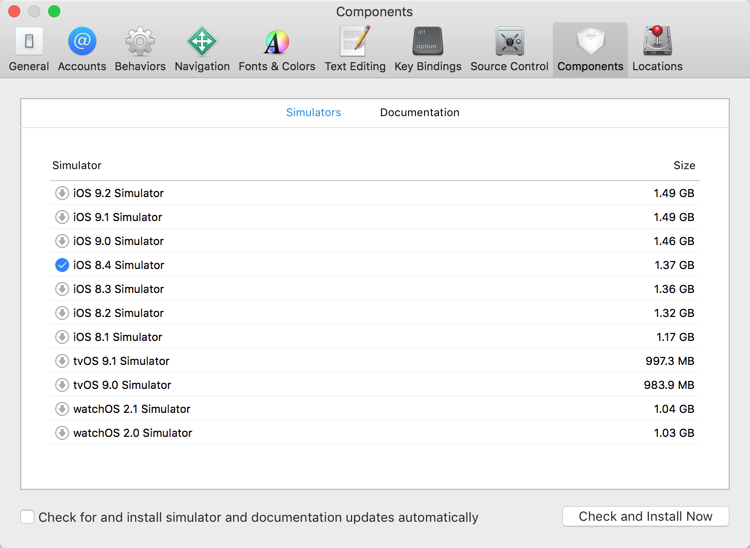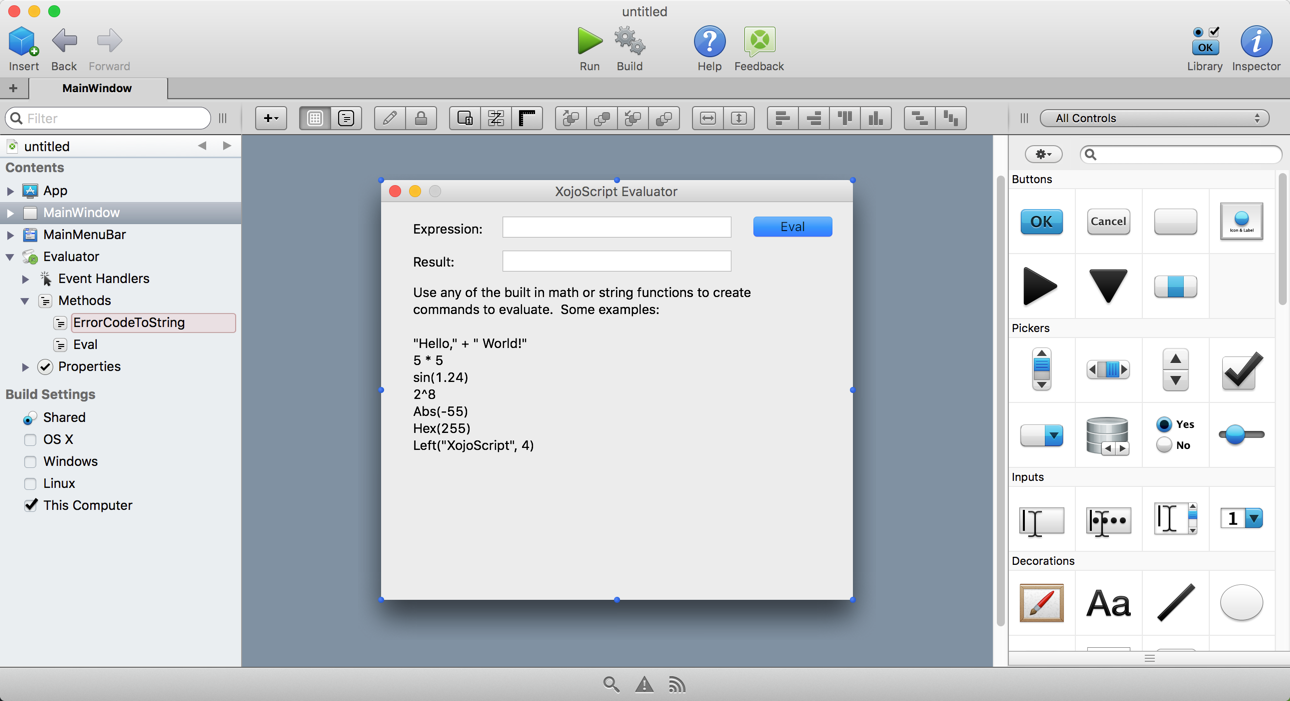When you run your iOS projects from Xojo, they launch in the iOS Simulator. You can change which simulator starts by going to the Shared…
Comments closedXojo Programming Blog Posts
On the Xojo forum a user asked if there was a way to execute a formula in Xojo. As pointed out in the conversation, Xojo includes an Evaluator example that does exactly that. It uses XojoScript and I thought it might be interesting to show how it works.
3 CommentsLearn how simple it is to build a Xojo Server app to replace that old clock radio.
Comments closedLast year with iOS 9, Apple announced a new security requirement for your iOS and OS X apps: App Transport Security. From Apple’s docs: Starting in…
1 CommentPaul talks with Carol Keeney of BKeeney Software about databases, requirements analysis, agile/scrum and much more.
1 CommentIf you are using Windows 7, Windows 8 or Windows 8.1 you only have a few more days to get your free upgrade to Windows 10.…
Comments closedYou have heard it many times: coding with Xojo is not just powerful and fun, it is fast, really fast! This is thanks to the fact that you have at your disposal the powerful Xojo Framework, with a lot of classes ready to use doing the hard work behind the scenes. In fact, this article shows you how can create a multi-platform RSS Reader…writing just 33 lines of code!
1 CommentThe web framework got some love in Xojo 2016r2… General Changes First, the Web Framework now has support for Retina/HiDPI in supported browsers. All controls…
Comments closedAn interesting thread on the forums turned up something that more of us should consider when working in any cross-platform tool, Xojo included. What was discovered was perhaps…
Comments closedEarlier I posed the question about why these two similar bits of code do slightly different things: dim path1 as string = “””C:\users\ieuser\desktop\new folder””” path1 =…
Comments closed


